
If you’ve been near Greenwich Village or NoMad lately, you might’ve spotted a slick deer logo on a new coffee shop. No cashier. No paper menu. Just an app, a pickup counter, and a line out the door.
Turns out, it’s China’s biggest coffee chain, and now officially America’s newest contender. Locals are buzzing (literally) over $1.99 drinks and unexpected flavors like pineapple and blood orange cold brew.
This is more than just a pop-up or a soft launch. It’s a bold move in America’s $90 billion coffee market. And Starbucks, the coffee giant found nearly everywhere, has a new contender right on its home turf.
Starbucks Is Starting to Struggle
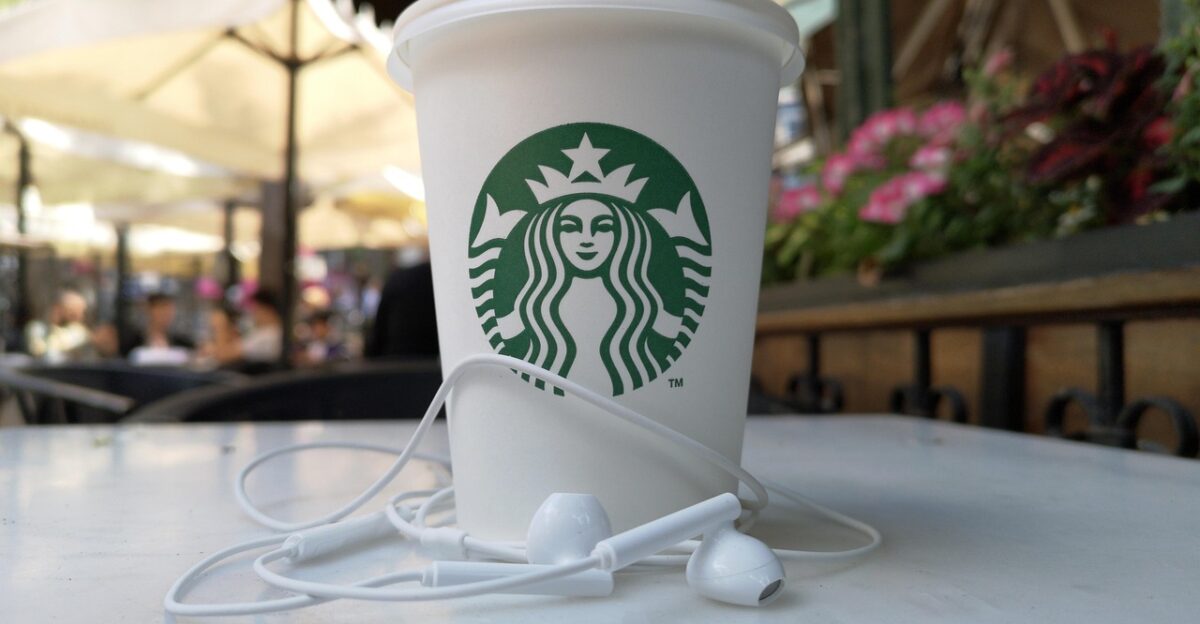
Starbucks is still the biggest name in American coffee, but cracks are showing. In the last quarter, U.S. transactions dropped 4%, and same-store sales slipped by 2%. The company’s net income fell to $2.82 billion, down nearly 25% from 2024. Starbucks’ reputation score also declined from 71.5 in 2021 to just 57.7 in early 2025. That’s a clear sign the brand is losing favor.
CEO Brian Niccol is trying to fix things by simplifying the menu and speeding up service, but the company faces real pressure, especially from younger customers who want more value and faster options.
And now, just as Starbucks tries to steady the ship, a powerful new player is coming aboard.
A Global Coffee Giant Lands in New York
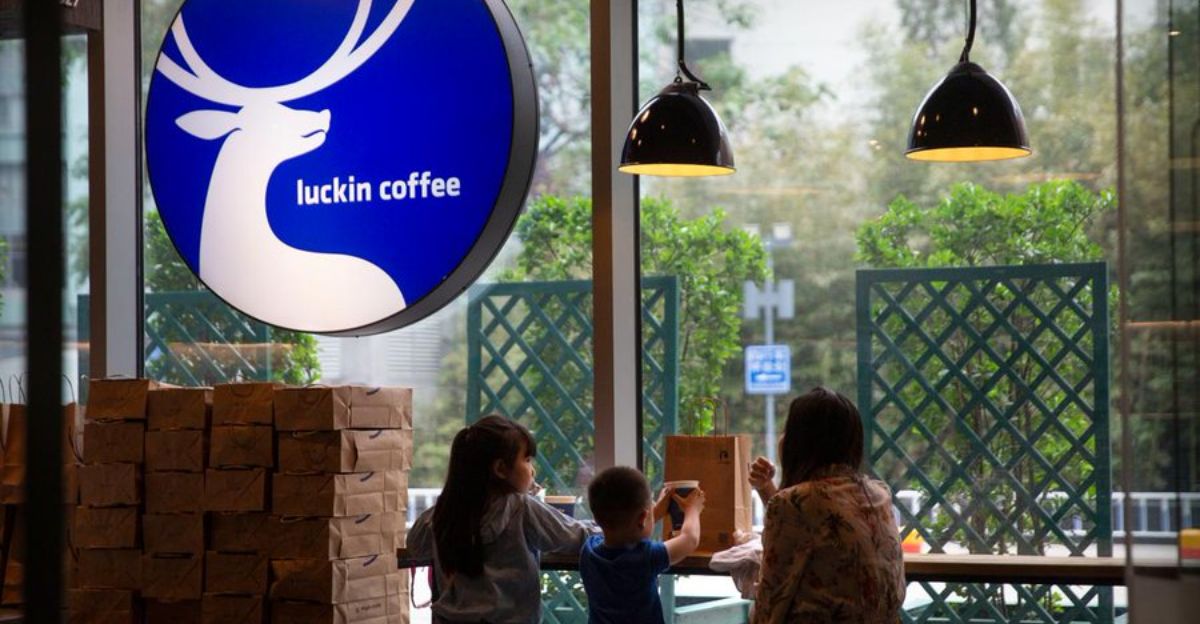
On June 30, a major new coffee brand opened its first U.S. stores, one in Greenwich Village, the other in NoMad. The launch made a splash with digital promos, free tote bags, and drinks as low as $0.99. The company behind it? Luckin Coffee, China’s largest coffee chain with over 24,000 locations. In 2023, it overtook Starbucks in China by both store count and total sales.
“The United States…is a strategically important market,” said CEO Dr. Jinyi Guo. With $1.221 billion in revenue in Q1 alone, Luckin isn’t testing the waters—it’s making a serious play.
So, how did New Yorkers respond?
New Yorkers Show Up—and Show Out
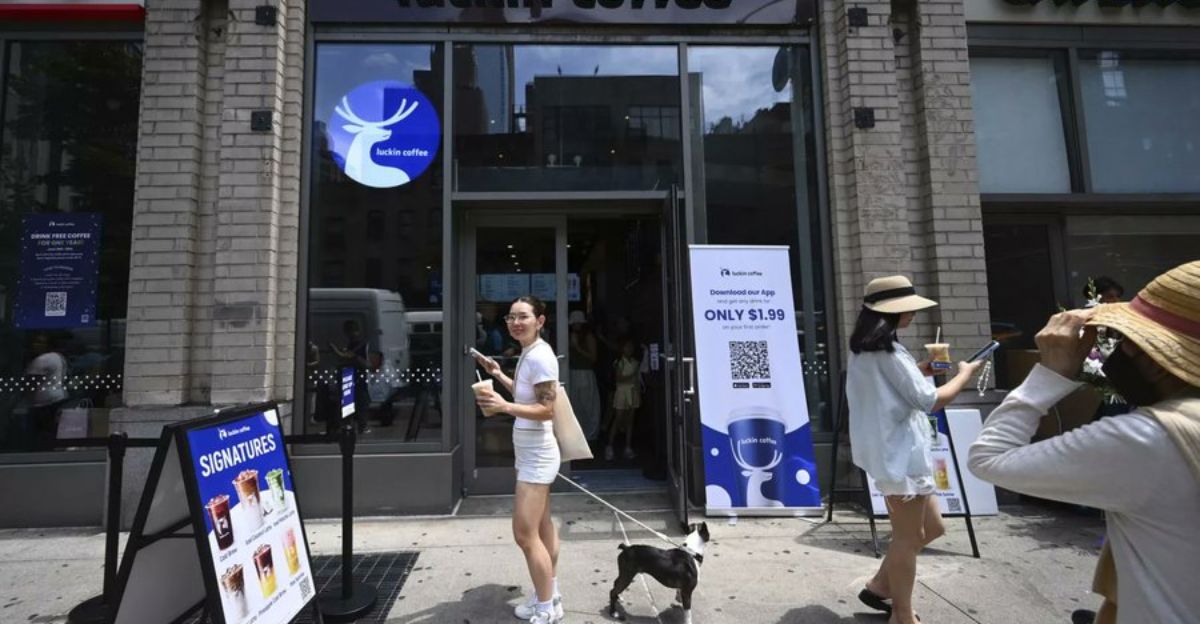
The buzz started fast. Long lines wrapped around the block, driven by curious coffee lovers and social media hype. Instagram and TikTok filled up with first impressions, drink reviews, and tote bag hauls. The drink menu sparked attention too, pineapple cold brew, iced coconut coffee, and velvet lattes were clear standouts.
Many first-timers came for the low prices, but some returned for the unique flavors. Back in China, the launch made headlines, with online users cheering the brand’s U.S. debut and calling for it to expand to more cities.
But how did the actual store experience land with customers?
What People Really Think About the Stores
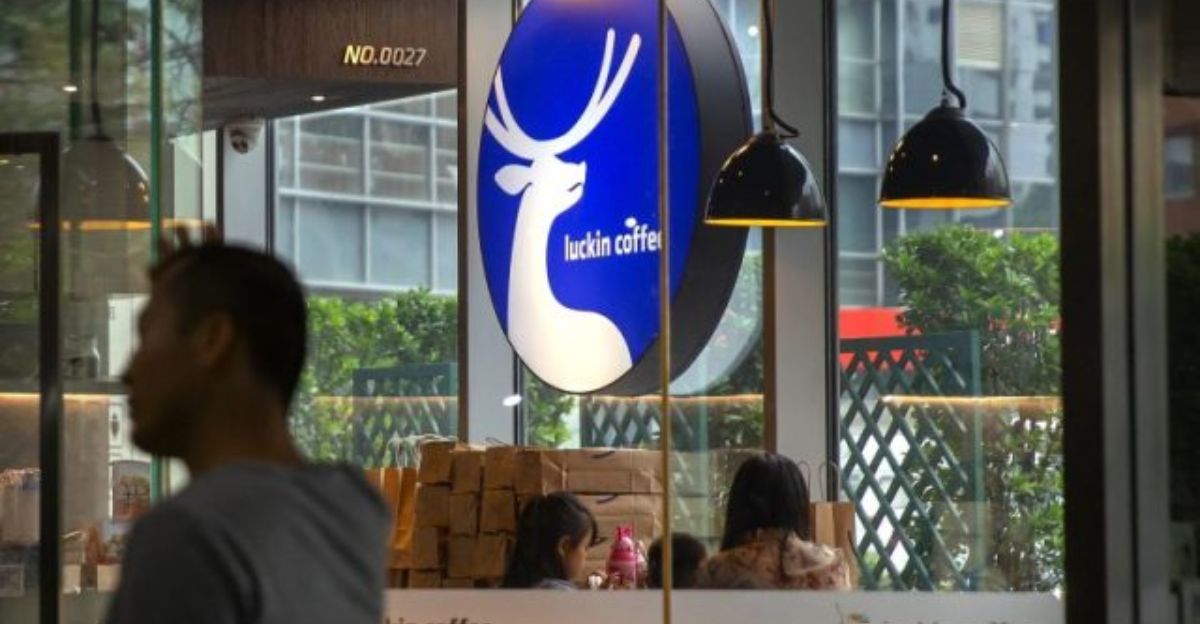
Reviews of the new stores have been mostly positive. Customers liked how fast and convenient everything was, and many praised the range of drink options. But not everyone loved the vibe.
Some missed the cozy, social feel of a traditional café. With no chairs, cashiers, or community spaces, the store felt more like a pick-up hub than a hangout spot. For busy New Yorkers, though, that might be a feature, not a flaw. The grab-and-go model fits city life. Still, it raises a question.
Can this work outside Manhattan?
Expansion Hints and What Comes Next
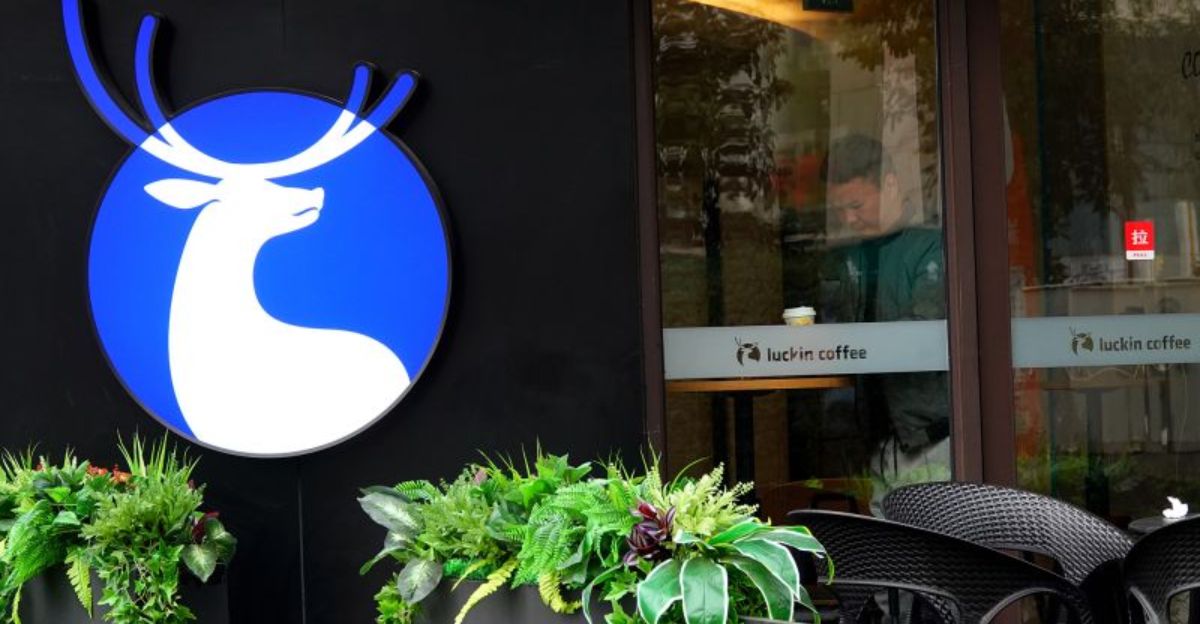
Luckin’s CEO, Guo Jinyi, has big hopes for the U.S. He called it a “strategically important market” and said the company will closely watch how customers respond in New York. If app downloads, foot traffic, and repeat orders stay strong, more cities could be next.
Analysts say Luckin’s tech-first, value-focused approach may appeal especially to younger Americans who care less about brand loyalty and more about price and convenience. If the model sticks, Starbucks and others could be forced to rethink how they serve this new generation of coffee drinkers.
One thing’s clear: the game is changing fast.
Luckin’s Numbers Are Hard to Ignore
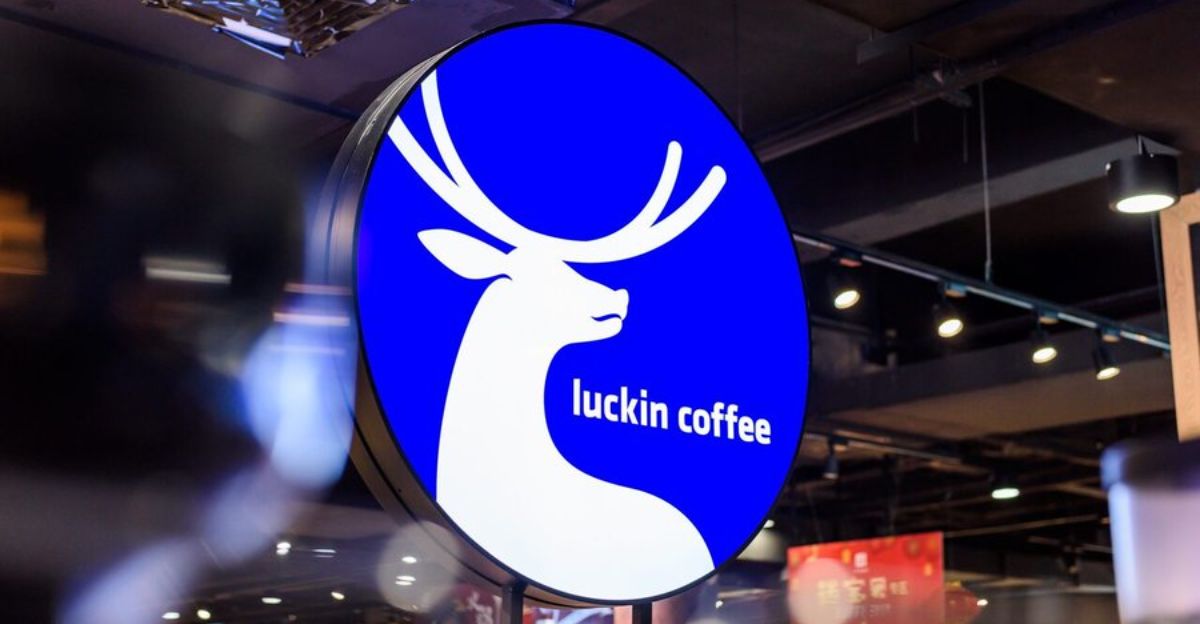
Luckin has grown at an incredible pace. In just eight years, it built a network of over 24,000 stores and posted a 41% year-over-year revenue jump in Q3 2024, reaching $1.452 billion. More than 120 million people use its app, thanks to its digital-first model.
In China, drinks usually cost 8.8 to 9.9 yuan ($1.23–$1.38), while Starbucks lattes cost about 30 yuan.
Starbucks’ China revenue fell 14% to $783.7 million during the same period. Analyst Sean Dunlop says local competitors like Luckin will likely keep pulling customers away from Starbucks in China.
How Luckin Could Change U.S. Coffee Habits
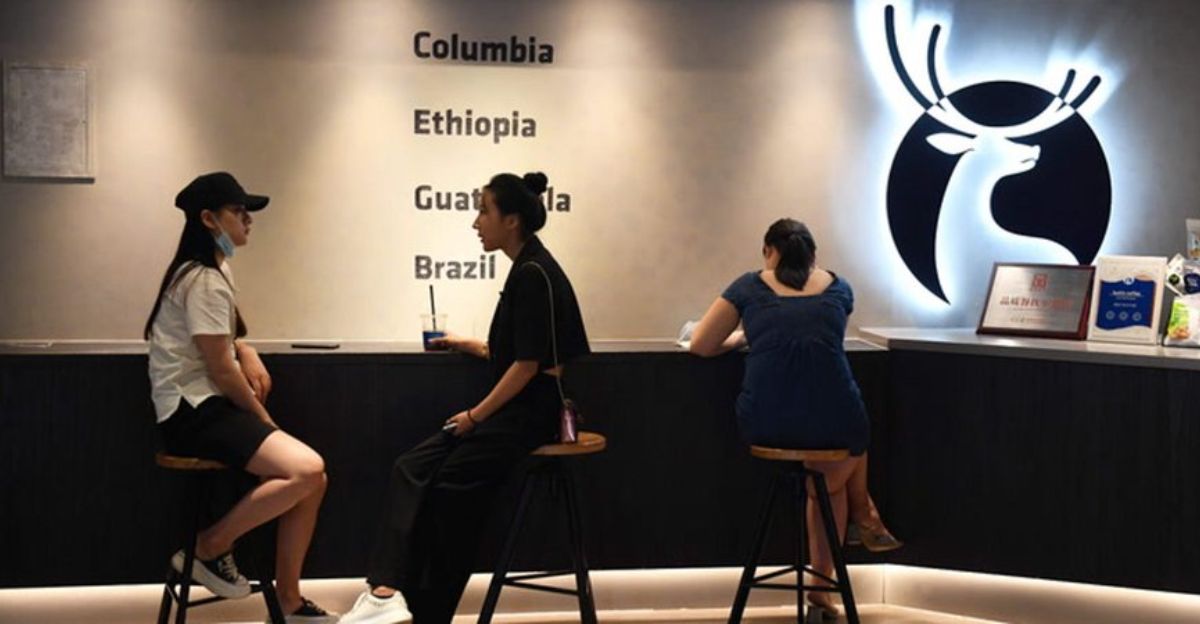
Luckin’s arrival might shake up how Americans think about coffee. In China, it proved people are willing to trade tradition for speed and value. If it keeps undercutting prices by 30%, other chains may have to follow or risk losing customers. That’s good news for buyers but tough on business margins.
Luckin’s tech-forward menu could also bring new trends to the U.S., like functional ingredients and personalized drinks. Younger customers especially like options that are customizable and social media–friendly. This could split the market in two: experience versus efficiency.
Why Luckin’s App-Only Style Might Actually Work

Starbucks once tried a mobile-heavy, grab-and-go approach, but it didn’t go well. Customers ran into long waits, buggy apps, and a loss of the cozy, “third place” vibe. Even founder Howard Schultz admitted the brand lost its soul during that shift.
Luckin, on the other hand, was built for speed from day one. Its app-only system isn’t an add-on, it’s the whole experience. In China, this model created a new kind of coffee culture, focused on price and convenience. Now, the question is whether U.S. coffee lovers are ready for something similar.
The Coffee Battle Everyone’s Watching
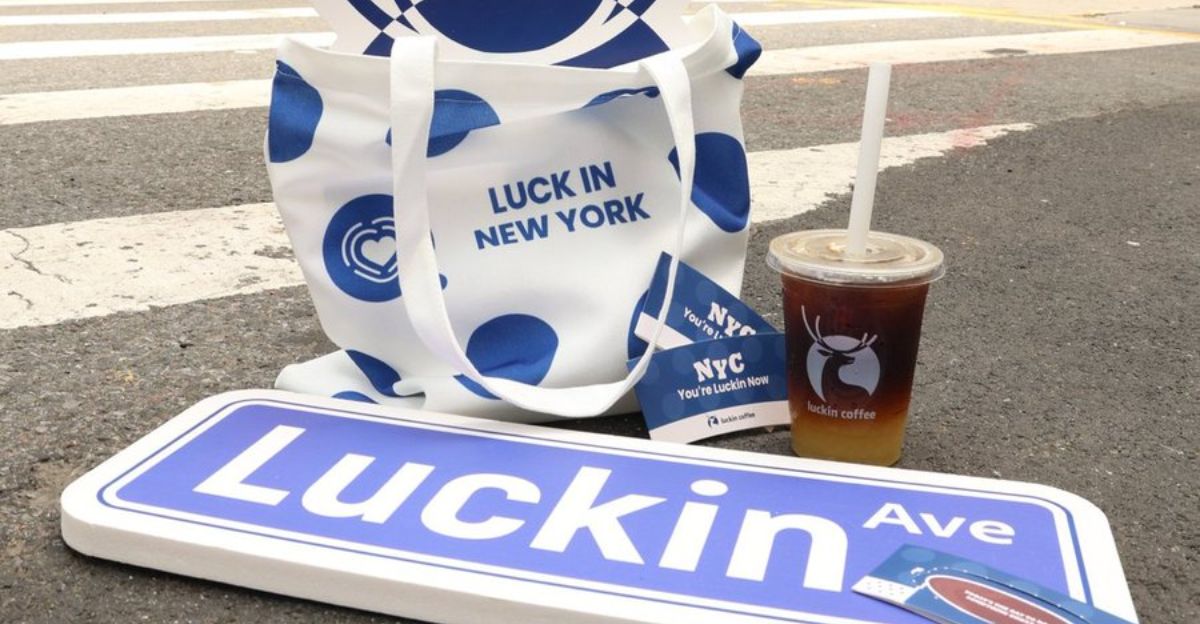
The U.S. coffee scene is entering a new era. Luckin has proven it can grow fast, scale big, and underprice competitors. Starbucks still has strong brand loyalty, great locations, and decades of experience. But the game is changing. Whichever company better understands the next generation of coffee drinkers will win.
As they battle for dominance, customers will likely see better prices, more innovation, and more choices. Luckin’s American debut could be just the beginning. The next few years will reveal whether this bold bet pays off.
The coffee wars have officially begun.
